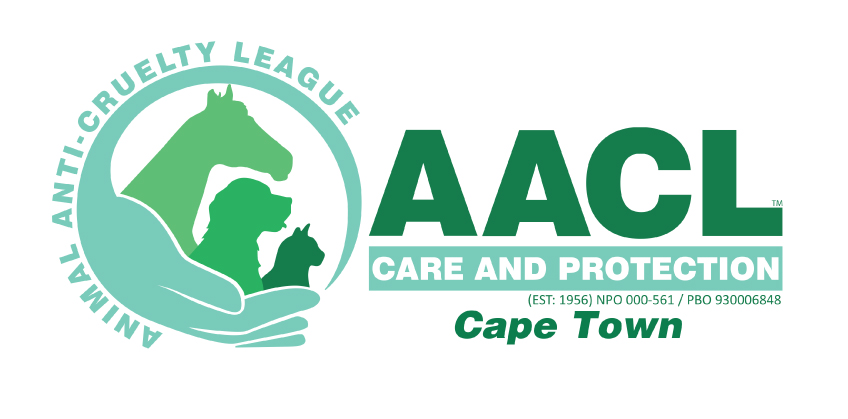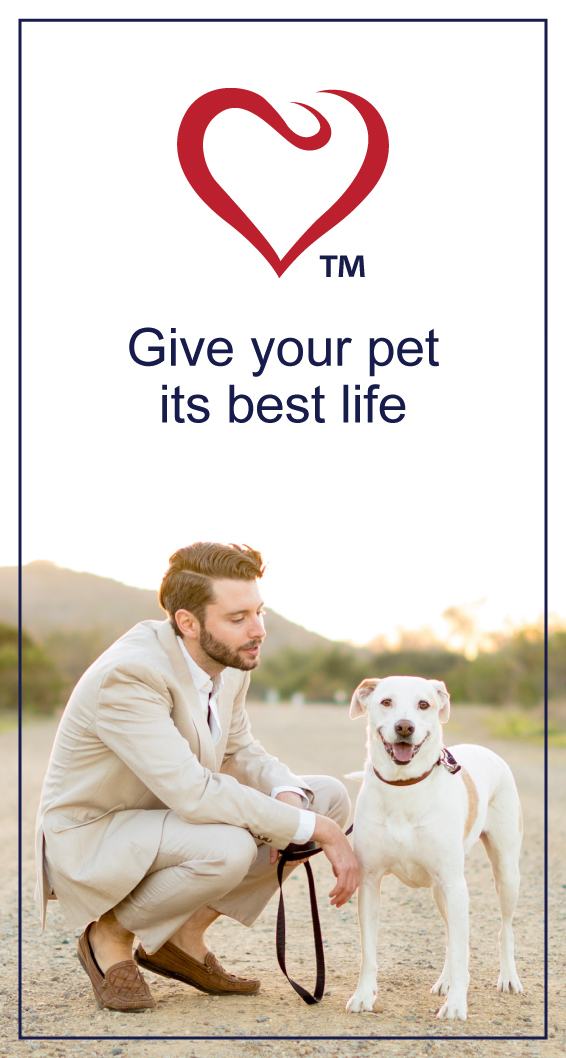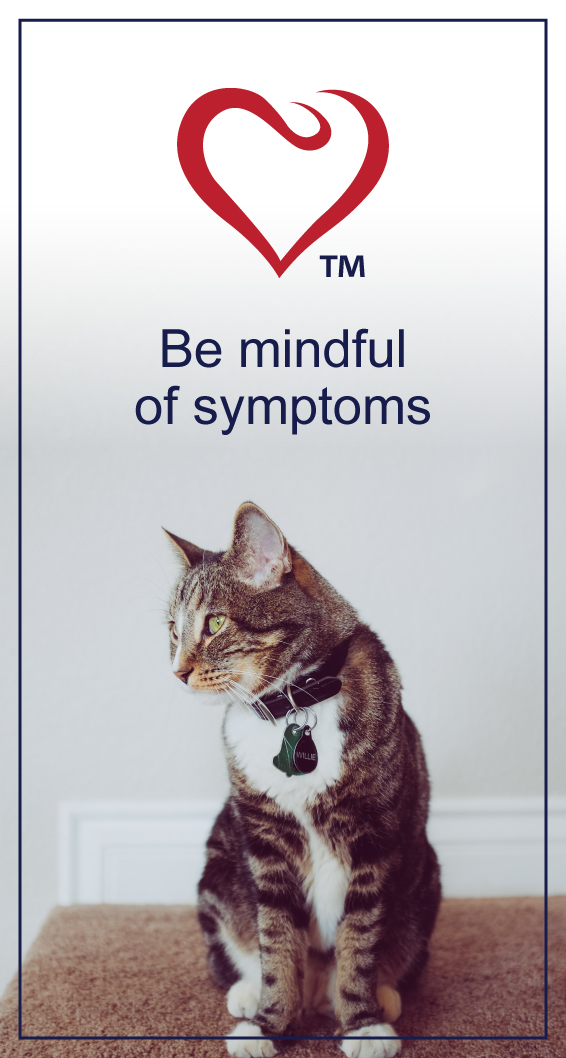HEALTH & WELLNESS

TRENDING

We’re excited and honoured to feature South Africa’s second largest independent animal welfare organisation on PetlifeSA.
What You Should Know About Oral Health Assessments For Cats

Dental disease in cats might not be completely preventable, but good oral hygiene can make a significant difference when it comes to promoting the overall health of your cat.
Oral health assessments, at regular intervals, are necessary to maintain good oral hygiene. During routine physical assessments, a cat’s mouth and teeth need to be examined properly. Unfortunately not all cats are easy to assess while they’re awake. Some cats simply don’t want to be handled; others may already be in pain. If this is the case then pain medication, sedation or anaesthesia is usually necessary before proceeding.
Anaesthesia is also required for a comprehensive assessment, a process which should include radiographs (x-rays) to look for possibly concealed dental conditions.
Details Recorded During an Oral Health Assessment
Under anaesthesia, the teeth need to be scaled in order to do a full assessment. The following details can be recorded:
- Growths
- Any swelling
- Mobile teeth
- Inflammation
- Tooth root disease
- Need for therapy or surgery
- Presence and degree of tartar
- Teeth that need to be extracted
- Presence and degree of gingivitis
- Healthy, fractured and absent teeth
- Tooth resorption lesions that are visible
- Odours and possible causes
Next Steps
Findings and recommended treatment should be discussed with the client in detail after the assessment. Your veterinarian will discuss any treatments that are required and inform you if pain management medication or antibiotics are recommended and how to safely administer it.
Sometimes other tests will need to be done to rule out underlying medical conditions.
If surgery is necessary, pain medication can be administered before, during and after the procedure. Once the treatable issues have been addressed, cleaning can be performed by a qualified professional.
Moving forward, good oral hygiene practices and routine physical assessments should resume.
Related Articles













